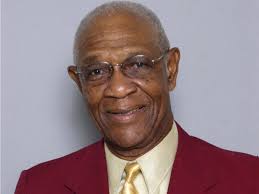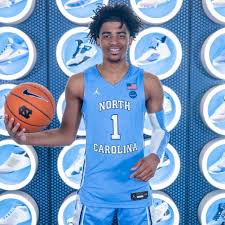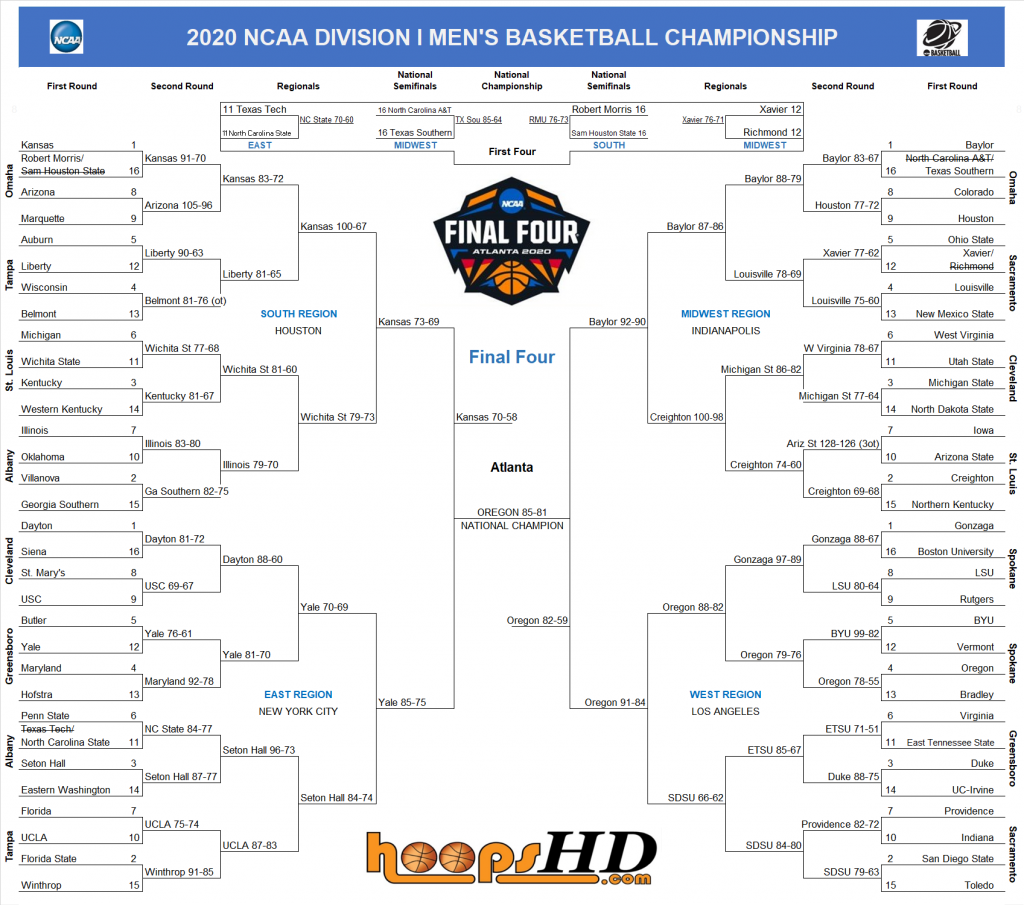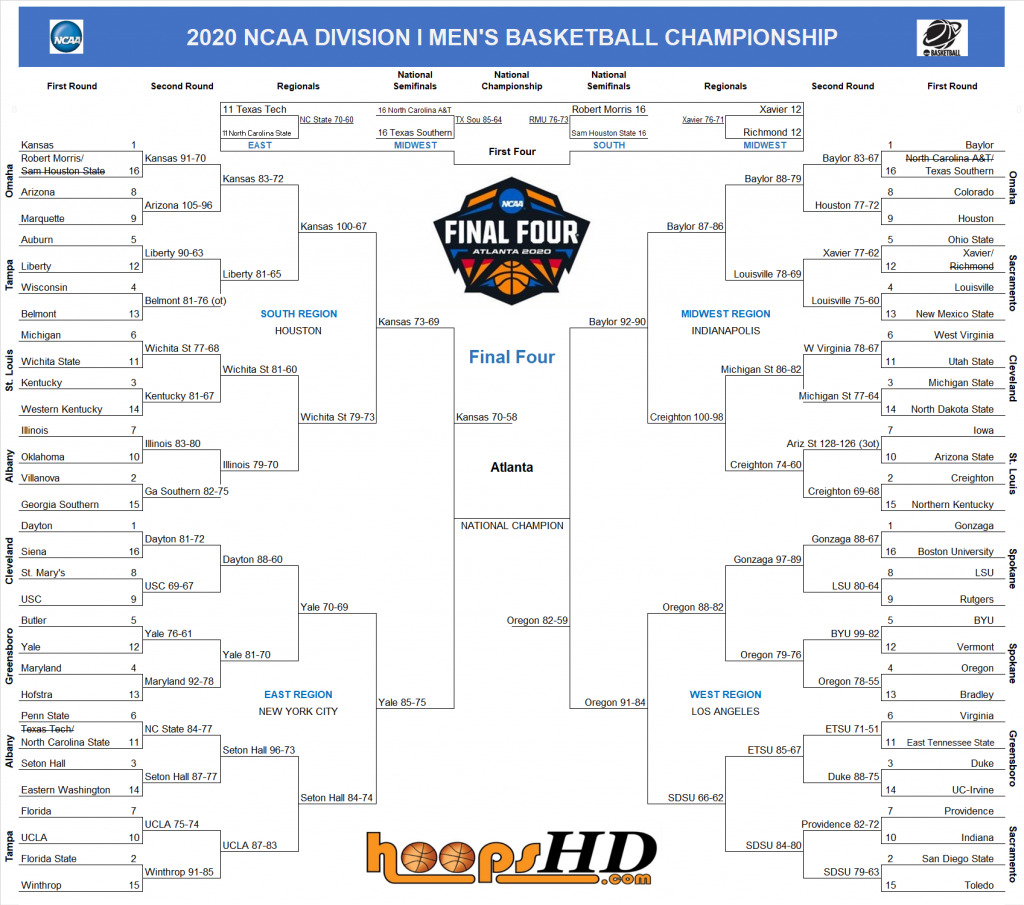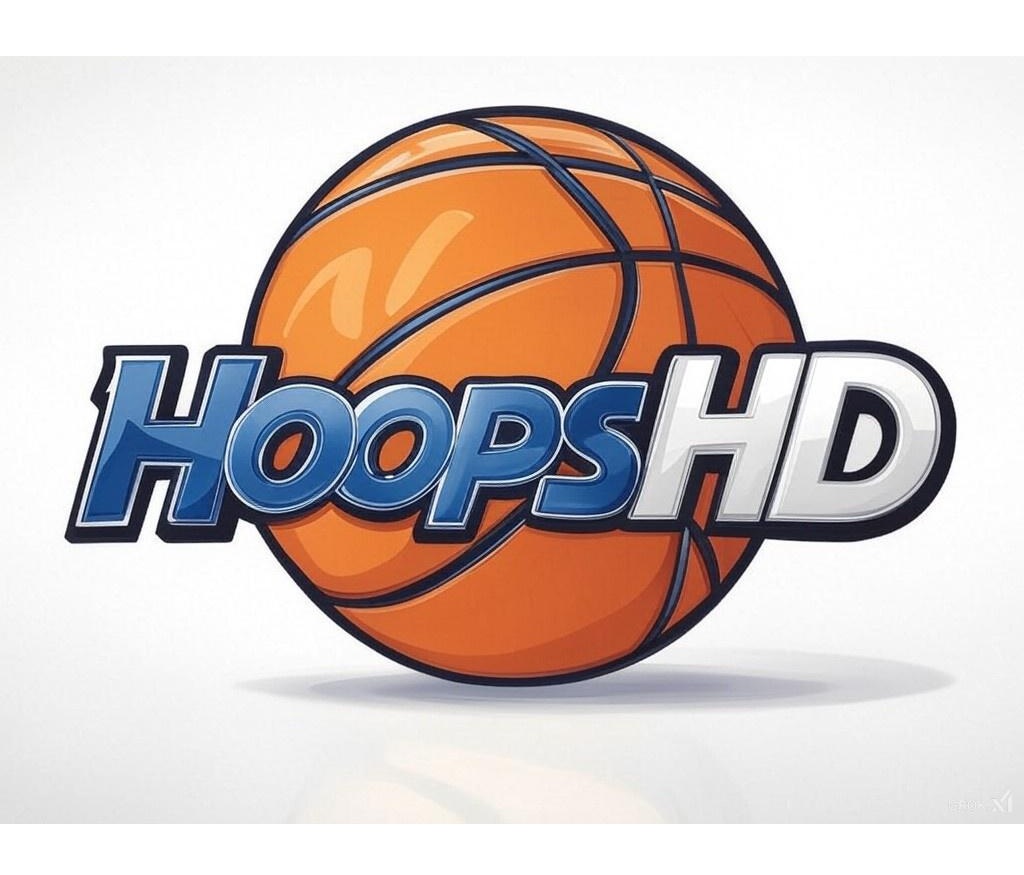There were not a ton of 2-sport athletes selected during this week’s NFL draft but there is a long history of NFL players who also found success on the college basketball court: Antonio Gates, Tony Gonzalez, Jimmy Graham, etc. 1 of the earliest was Cy McClairen, who was drafted by the Pittsburgh Steelers in 1953 and spent 6 years as a wide receiver including a spot in the 1958 Pro Bowl. After retiring from the NFL he returned to his alma mater of Bethune–Cookman where he spent more than 3 decades coaching the basketball team. HoopsHD’s Jon Teitel got to chat with Coach McClairen about getting drafted by the Steelers and becoming the the winningest coach in school history.
You played football/basketball/track at Bethune-Cookman: which sport were you best at, and which 1 did you enjoy the most? I enjoyed football/basketball. I did not particularly like track but the coach needed a distance thrower. I was best at football: I played tight end.
In 1953 you teamed up with future Hall of Fame coach John Chaney to lead the Wildcats to a 24-2 record and a SIAC title: how good a player was Chaney back in the day, and could you tell at the time that he would become a great coach? We had a fair-to-middling team until Chaney arrived: he revolutionized our program along with several other guys he brought with him. We started practicing more and we got to be pretty good. He was a bit of a ball-hog as a player but he recommended a lot of players from New Jersey/Philadelphia to come play for me.
In January of 1953 you were drafted in the 26th round by the Pittsburgh Steelers: did you see that as a validation of your college career, or the realization of a lifelong dream of reaching the NFL, or other? When they told me that I was drafted I did not understand it: if I had a choice I wish I could have gone to the Rams due to the nice weather in LA! They told me that it did not matter because I would get to travel to some warm-weather cities for road games. We did not have any weight training back then but they told me that if I worked on my endurance then I could end up as a good player.
You served 2 years in the Army before joining the NFL: what impact did your service have on you either on or off the court? It really helped me make the Steelers. In college we just ran simple numerical pass plays but in the Army I learned about complex pass patterns from guys who had played football all over the country. Once I was able to speak the language I knew where to go.
In 1957 you finished 3rd in the league in receptions and were named to the Pro Bowl as a tight end: how good a player were you, and why didn’t they get you the ball more during the rest of you career? I had to wait my turn because they already had some good receivers ahead of me and only had 3-4 African-Americans on the entire team. I barely caught any passes as a rookie because they only threw to the superstars but later on they saw that I could catch the ball/block so they let me get a lot more involved in the offense. The year after the Pro Bowl I started to have knee problems because I would get hit low a lot, so after a couple of knee operations I figured that I might as well get a job elsewhere and go to work.
In 1961 you became basketball coach at your alma mater: why did you take the job? The school president was my high school principal so I went back to campus to thank him for allowing me to get my degree. I found out that the former head coach had a heart attack and then they ended up hiring me.
What are your memories of the 1966 NAIA tourney (a 3-PT loss to Carroll)? It was a unique experience: we played them at 9AM in Kansas City! It was a tight game and the officiating seemed a bit funny to me. I had never coached that early before in my life.
In 1989 you were named MEAC COY: what did it mean to you to win such an outstanding honor? I thought that it was super-duper! I had worked very hard to get there but had no idea I would win it. I was actually named COY for both basketball and football, which was nice.
You remain the winningest coach in school history: what made you such a great coach, and do you think that anyone will ever break your record? It is tough now because they will fire you if you are not doing well. I had to run several different administrative positions without any experience and after doing it for a while I just got tired and recommended that someone else coach football while I remained the basketball coach.
When people look back on your career, how do you want to be remembered the most? I was a hard-working guy and did most of my own recruiting. I am glad to still be here.

